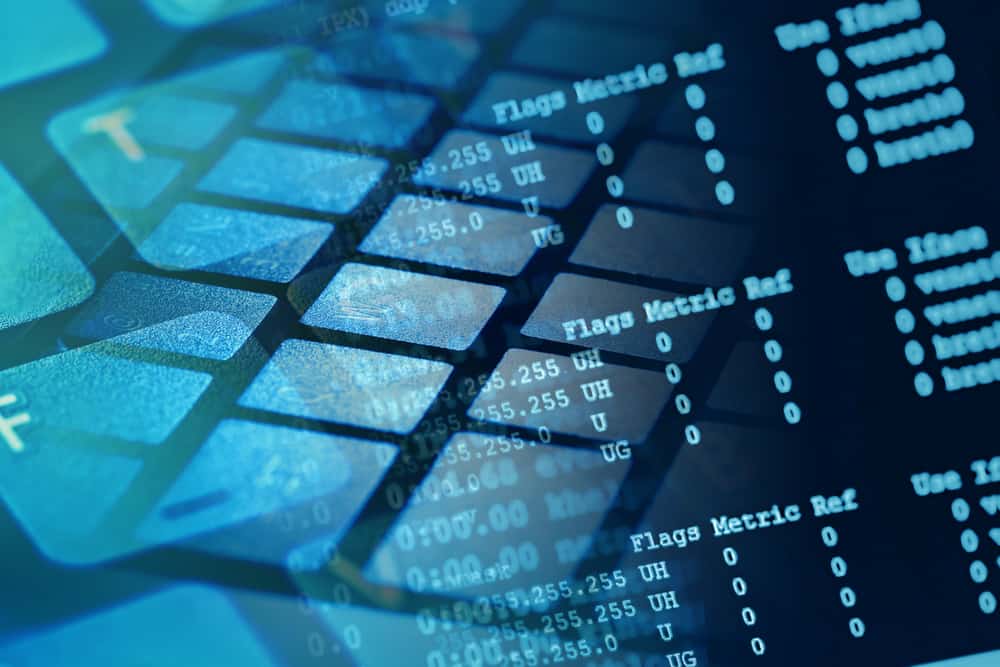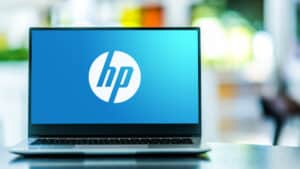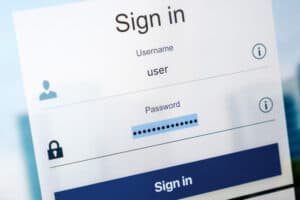
In this article, we will guide you through the process of completely uninstalling Python 3.10 on Ubuntu 20.04. This can be particularly useful if you need to revert to a previous version of Python, or if you simply want to clean up your system.
Please note that this guide assumes that Python 3.10 was installed from source. If you installed Python 3.10 using a package manager like apt-get, the uninstallation process will be different.
Removing the Python Executable
First, we need to remove the Python 3.10 executable. This is the actual program that runs when you type python3.10 into your terminal. You can remove it with the following command:
$ sudo rm /usr/local/bin/python3.10The rm command is used to remove files in Linux. The /usr/local/bin/python3.10 path is the default location where the Python 3.10 executable is stored when installed from source. The sudo command is used to execute commands with root privileges, which is necessary when modifying system files.
Removing the Python Binary Directory
Next, we need to remove the Python 3.10 binary directory. This directory contains compiled Python modules and other related files. You can remove it with the following command:
$ sudo rm -rf /usr/local/lib/python3.10/The -rf option is used with the rm command to recursively delete directories and their contents without asking for confirmation.
Removing Remaining Python-Related Files and Directories
There might be other Python-related files and directories that need to be removed. These can include header files, shared files, etc. You can remove them with the following commands:
$ sudo rm -rf /usr/local/include/python3.10/
$ sudo rm -rf /usr/local/share/python3.10/Updating the System’s Symbolic Links
Finally, we need to update the system’s symbolic links. These links are used by the system to find the correct Python version when multiple versions are installed. You can update them with the following command:
$ sudo update-alternatives --remove python /usr/local/bin/python3.10The update-alternatives command is used to maintain symbolic links. The --remove option is used to remove a link and the associated alternative.
Conclusion
After performing these steps, Python 3.10 should be completely uninstalled from your system. Please note that you should be careful when manually removing files and directories. Always double-check before executing any commands.
If you want a more organized and manageable way to install and uninstall Python versions, consider using tools like pyenv or conda. These tools allow you to easily switch between different Python versions and manage your installations.
Remember, the method described in this article is suitable for Python installations from source. If you’ve installed Python via a package manager like apt-get, you’ll need to use the package manager’s uninstall command instead.
No, this guide is specifically for uninstalling Python 3.10 that was installed from source. If you installed Python 3.10 using a package manager, you will need to use the package manager’s uninstall command instead.
No, uninstalling Python 3.10 will not affect other Python versions installed on your system. Each Python version is installed in its own separate directory and can be managed independently.
Yes, you can reinstall Python 3.10 after uninstalling it. Simply follow the installation instructions for Python 3.10 from the official Python website or use any other method you prefer.
No, uninstalling Python 3.10 will not delete your Python scripts and projects. The uninstallation process only removes the Python executable and related files, but it does not affect your personal files and projects.
It is not necessary to uninstall Python 3.10 if you want to switch to a different Python version. You can have multiple Python versions installed on your system and use tools like pyenv or conda to easily switch between them.
Manually removing Python files and directories can be risky if you are not careful. Make sure you are removing the correct files and directories and double-check before executing any commands with root privileges. It is always recommended to have a backup of your important files before making any changes to your system.








